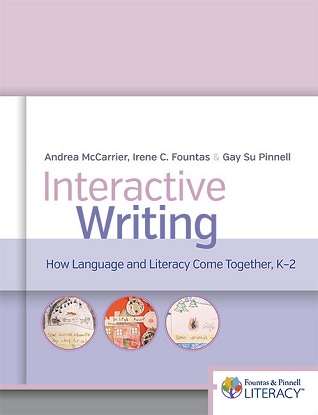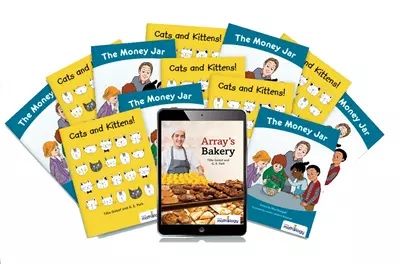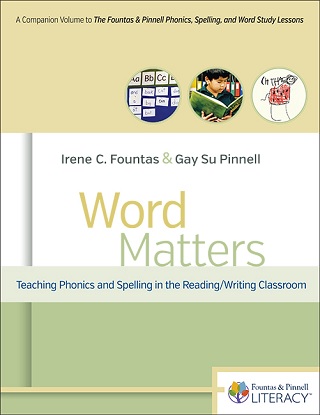Interactive Writing: How Language & Literacy Come Together, K-2, 1st edition
- Andrea McCarrier, Irene C. Fountas and Gay Su Pinnell
- Paperback
- Pearson Education Australia
- 11/9/2018
- ISBN: 9780325099262
RRP: $69.75 (Inc. GST)

Description
Children want to make their mark—on paper, on any surface, in life. But the difficulties of transferring words to paper can be daunting enough to drown out even the most enthusiastic voice. Enter interactive writing, a new instructional approach in which teachers and children collaborate to produce a written text. Just as Fountas and Pinnell did in their best-selling Guided Reading, the authors offer powerful first teaching designed to accelerate and support children’s critical understanding of the writing process.
Interactive Writing is specifically focused on the early phases of writing, and has special relevance to prekindergarten, kindergarten, grade 1 and 2 teachers. In a clear, step-by-step format, the authors show how teachers can use interactive writing to teach a range of foundational literacy skills by sharing the pen with young writers:
- letter learning
- phonological and orthographic awareness
- learning the nature of words
- building a writing vocabulary
- learning concepts about print
- organising and composing narrative and expository text.
Important features include a rich array of examples of children’s writing, down-to-earth practical advice, suggestions for using children’s literature and art in the writing program, numerous photos of children’s work, and suggestions for professional development. Additionally, there are thorough descriptions of how interactive writing can be used as a tool for inquiry across the curriculum—in content areas as well as in literature. With this kind of broad application, children can grow to see writing as a lifelong tool for learning—and see themselves as writers, right from the start.
The book is filled with practical information on how to get started with interactive writing, with explicit details from specific materials to fine teaching points.
Table of contents
- I. Learning to Write in a Quality Early Literacy Program
- 1. What Is Interactive Writing?
- 2. Interactive Writing Within Language and Literacy Learning
- 3. Organizing Space and Materials to Support Interactive Writing
- II. Sharing the Pen with Young Writers
- 4. Essential Elements of Interactive Writing
- 5. Learning Writing: Composing a Text
- 6. Constructing a Text: Learning About Letters and the Printer’s Code
- 7. Constructing a Text: Learning How Words Work
- III. Young Writers Explore Texts Across the Curriculum
- 8. Learning About Literature Through Interactive Writing
- 9. Learning About Expository Text Through Interactive Writing
- 10. Using Expository Writing as a Tool for Inquiry
- IV. Young Writers Engage in the Literacy Journey
- 11. Knowing Young Writers: The Foundation for Effective Teaching
- 12. Making Decisions for Effective Teaching
- 13. Adjusting Teaching and Texts to Move Writers Forward
- V. The Foundations of Effective Writing Practice
- 14. Why Interactive Writing Helps Children Learn
- 15. Getting Started with Interactive Writing




